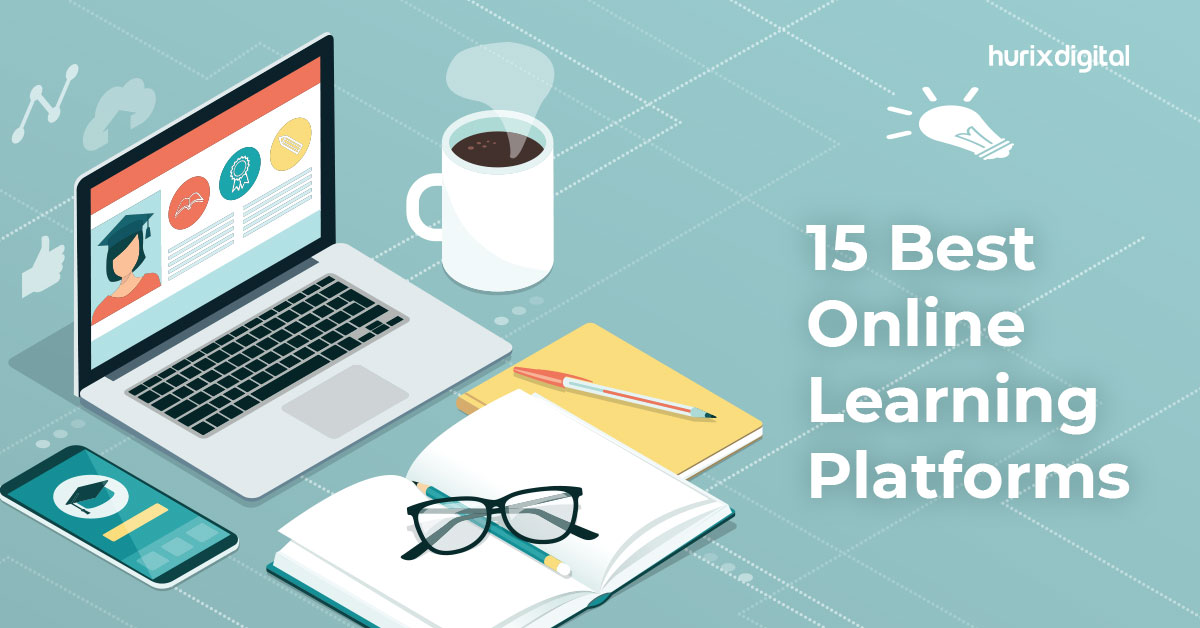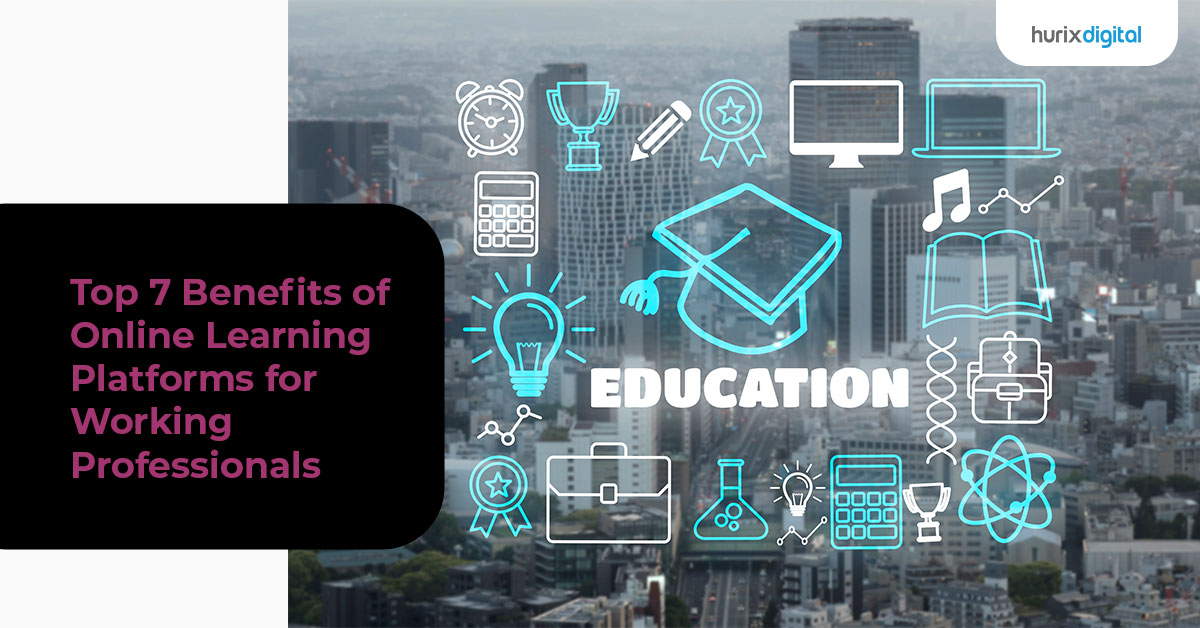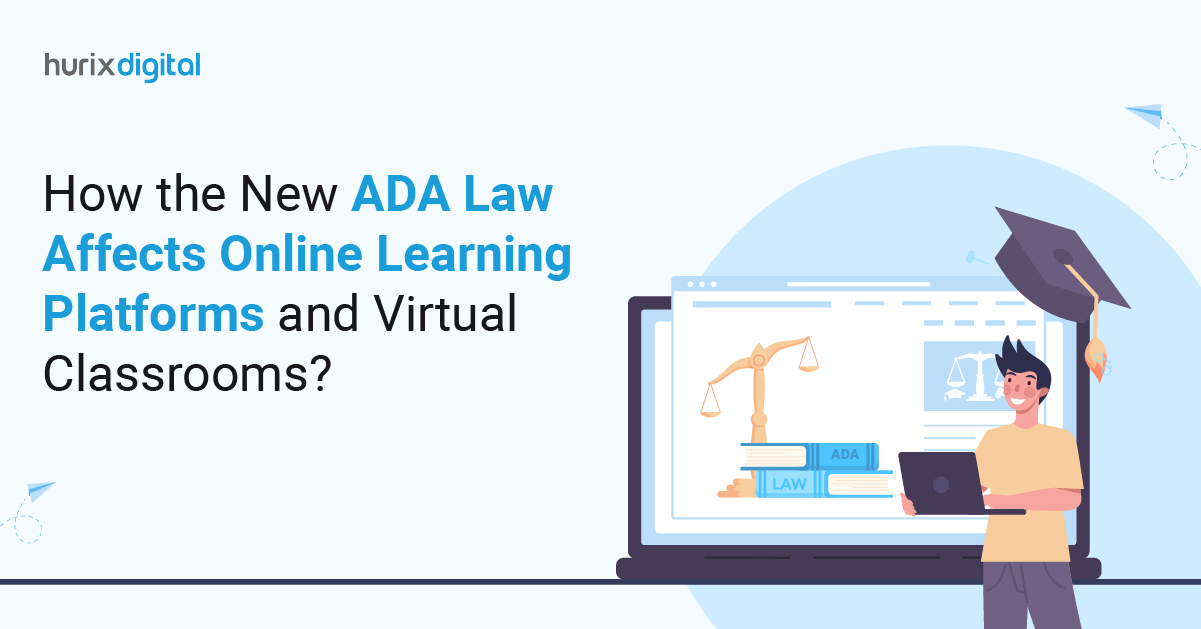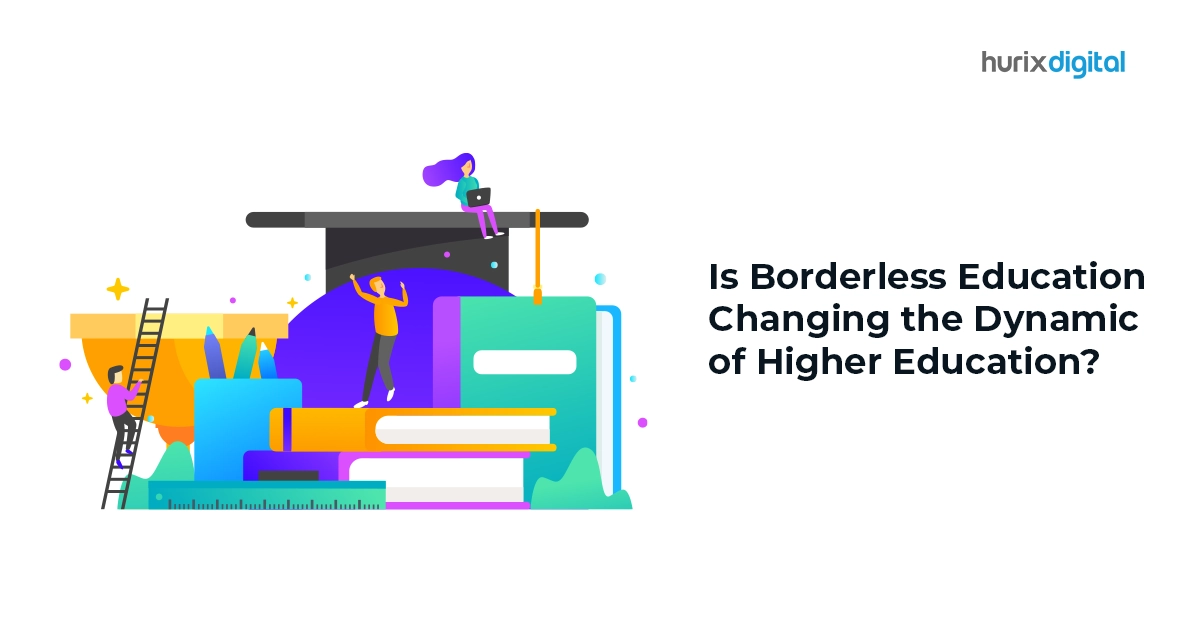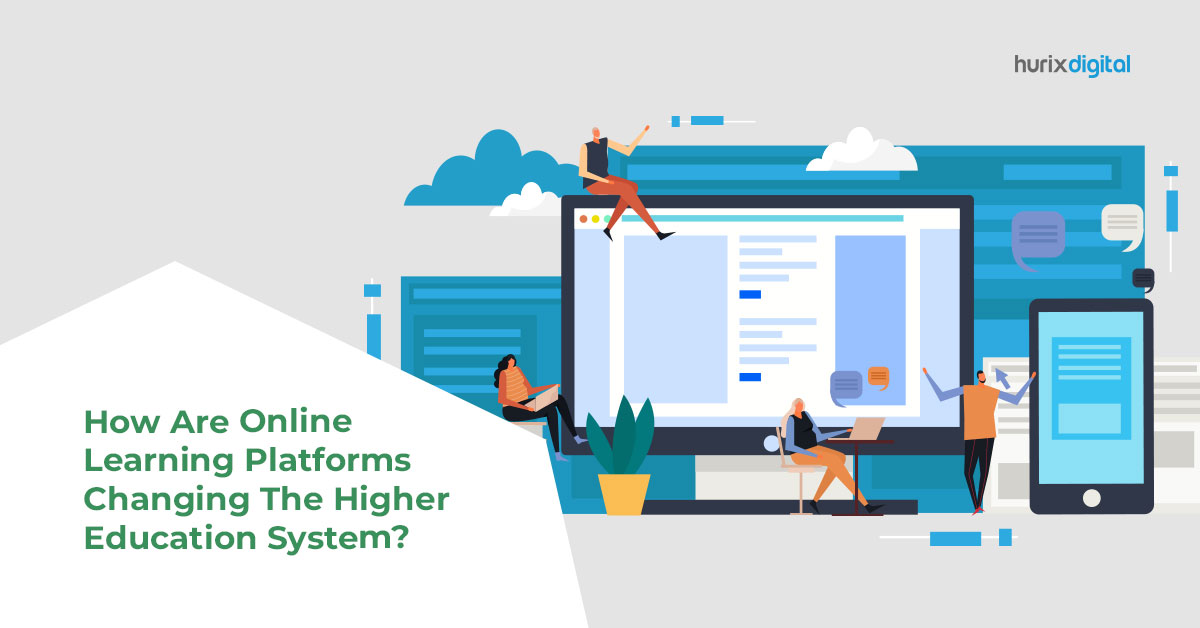
How are Online Learning Platforms Changing the Higher Education System?
Summary
This blog post explores how online learning platforms are changing the higher education system. It highlights benefits while also addressing the challenges in higher education.
eLearning is revolutionizing the way people learn. According to Forbes, the eLearning market will have risen to $325 billion in global value by the end of the next three years. Especially in the case of higher education, online learning platforms provide better opportunities for students to improvise and customize their learning.
This blog will discuss how online learning platforms for higher education are transforming traditional learning and why they have become exceedingly popular.
Table of Contents:
- Five Ways Online Learning Platforms are Changing Higher Education
- Reasons Why eLearning is Popular in Higher Education
- Wrapping Up
Five Ways Online Learning Platforms are Changing Higher Education
Online learning has five revolutionary applications for the higher education system:
1. Collaboration and Adaptive Learning
One of the most important aspects of education and the learning experience is the collaboration between teachers and students. Classrooms create learners’ communities led by educators, where all the participants contribute and exchange information. These platforms facilitate resource sharing and cooperation over digital and interactive interfaces, which allows learners and educators to “come together” with all the materials.
When a physical presence cannot be facilitated, online and virtual classrooms more than fill the gaps and establish teacher-student communication, which is essential for effective learning. Furthermore, learning communities provide a way to socialize and interact where physical presence is challenging to arrange.
2. Technological Familiarity
In today’s digital era, the traditional education system is also adapting itself to a more technological familiarity. Digital educational tools can now be deployed over any compatible device, like laptops, mobile phones, tablets, etc., and accessed at the student’s convenience.
Modern learners are more comfortable leveraging technology for flexibility benefits, which makes eLearning platforms pivotal for teaching efficacy. Statistics show that 46% of students use mobile phones to view eLearning material before sleeping.
Furthermore, live classrooms and note-taking apps have made it simpler to stay attentive in classes without needing any concept to be repeated.
Technology-enhanced learning has also enabled inclusivity through eLearning tools. For example, technologies like text-to-speech incorporated into learning modules have enabled visually challenged learners to participate in regular classrooms, encouraging participation and confidence in themselves.
3. Global Connectivity
Global student exchange and cultural education have been integral to higher education. Through online learning platforms, educators can finally establish a connection between students with similar interests. In the process, they enable a global interaction between people of different cultures and backgrounds, enhancing exposure levels for the learners.
By creating global access courses, a community of learners of the same subject facilitates virtual social interactions that otherwise would be difficult to achieve. It also helps to level the playfield for economically challenged learners by bringing a global community and improved resource access within affordable reach.
4. Supplementary Courses
As schools and universities move towards adopting technologies into their regular curriculums, a parallel stream of supplemental courses can be conveniently accessed by students.
Third-party eLearning platforms have become industry-leading solutions for students seeking knowledge over and above their school curriculums.
For students with a penchant for supplementary or parallel skills and subjects, these online learning platforms have made it possible to access their interests at any time, pace, and level of difficulty they like. The customizability of supplementary courses is nothing short of extreme – with AI-based learning prompts for challenging concepts.
Additionally, school faculty and staff can benefit from online learning platforms by publishing their own supplemental courses for students around the world who are interested.
5. Hybrid Learning
Most higher education institutions have now reopened or are opening with selective attendance. However, with the convenience, customization, and benefits of online learning platforms, it is difficult for students to return to traditional schooling methods.
The same online learning platforms also allow educational institutions to establish a hybrid school environment. This is a model where the lectures and lessons that can be understood better in person would require attendance at school. Every other lesson could be delivered through the school eLearning platforms or apps.
Reasons Why eLearning is Popular in Higher Education
The popularity of eLearning platforms in higher education can be attributed to several reasons:
- Online learning is inherently flexible, customizable, and accessible. Learners don’t need to be in a restrictive classroom environment to learn and can engage through interactive online content, including animated explanations of concepts and descriptive media.
- Students get access to multiple courses simultaneously and at any time that suits them. There is no formal classroom schedule that forces productivity or attention on students; instead, learners get to utilize their most attentive hours and productivity to learn the most challenging concepts.
- Online learning platforms retain a repository of learning resources and materials, eliminating the need for students and teachers to take notes or make physical copies of learning materials. It helps save on paper and printing costs while ensuring all learners can access the resources.
- The biggest reason eLearning is popular is because it can be delivered over various channels. It doesn’t matter whether or not a student has access to a laptop; digital courses work even over mobile phones, which a majority of the population possesses. This drastically improves the penetration of education into the societal fabric.
Also Read: How Online Programs are Transforming Higher Education Learning
Wrapping Up
Online learning platforms for higher education are cost-effective, enable better learning experiences, and are inclusive and sensitive to the needs of every student individually.
Hurix Digital empowers higher education institutions with their eLearning and digital technologies to ensure that the benefits of online learning platforms for higher education are translated effectively.
To understand how Hurix Digital can help your educational institution, visit the website.

Performance, Results, Growth, and Life-Long Learning define my professional life. I am passionate about making workplace learning planful, purposeful, and impactful. I take pride in partnering with clients and bringing them the best in learning design and creating solutions that address business challenges.
